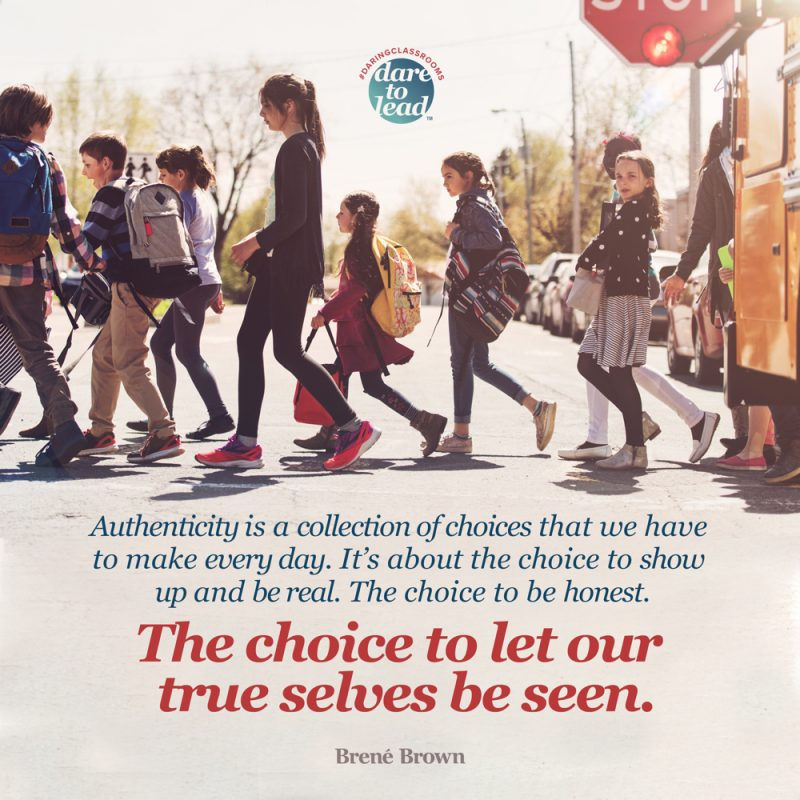COMMUNICATION AND COLLABORATIVE PRACTICES
I have been part of a collaborative teaching team over the past 10 years as an RECE in an Early Learning Kindergarten Program, in Wellington County. I have had the opportunity to be part of a Collaborative Learning Community (CLC) with the Kindergarten teams at my site in 2015. We worked on a project that involved investigating if allowing children to document their own learning would increase the student engagement in the classroom. The group sat down to discuss possible inquiry methods and models and an evaluation and assessment criteria to determine the project's effectiviness. I have more recently been involved in the delivery of the IB World School, International Baccalaureate Primary Years Program development, through the early stages, with a school in Wellington County. This work has included collaboration of a six member kindergarten team over the development, implementation and designed plan of an early learning program that incorporates both the Ontario Kindergarten Program and the IB PYP curricula design, into engaging philosopy based programming. Over the summer months of 2019, I have completed a field placement component of the Early Learning Resource Consulting program through a Conestoga/Seneca College partnership program. I have had the priveledged experience to work with KW Habilitation Services in Kitchener-Waterloo Region. During this placement, I contributed to an Early Learning Service Plan, worked along side parents and professionals to collaboratively contribute to the inclusion of children with diverse abilities. I sat on transdiciplinary team meetings and contributed to the support plans for children. I used an Inclusion Index to observe an early learning environment to provide feedback and enhancements to support the team and inclusive practices of the centre in which it was applied. I have included some examples of my work in the RC role so far.

PROGRAM ADAPTATIONS, MODIFICATIONS AND INTERVENTIONS FOR INCLUSION
Only after refelecting on the observations, assessements and conversations with all parties involved in the child's life, can we begin to work to create goals and modifications to support developmental growth. It is important to have many different views of a child and program before creating modifications and adaptations in order to ensure an optimal outcome for the child.
In my own professional practice, I find that when you provide adaptations to a learning environment to support children in self-regulatory practices, a number of concerns are diminished. These are tier one supports that have been normalized in my classroom to support all the children. When creating service plans for children, I believe that we need to be curious about the child, how they learn and where they are developmentally. I make a concerted effort to use labels and behaviours as lenses to see the child through and I build my supports around each child individually.


![2_DC-Art-Prints-800x1120[1].jpg](https://static.wixstatic.com/media/c6281f_b408584e9a8c4c93b333ce62a527698d~mv2.jpg/v1/fill/w_800,h_1120,al_c,q_85,enc_avif,quality_auto/2_DC-Art-Prints-800x1120%5B1%5D.jpg)

